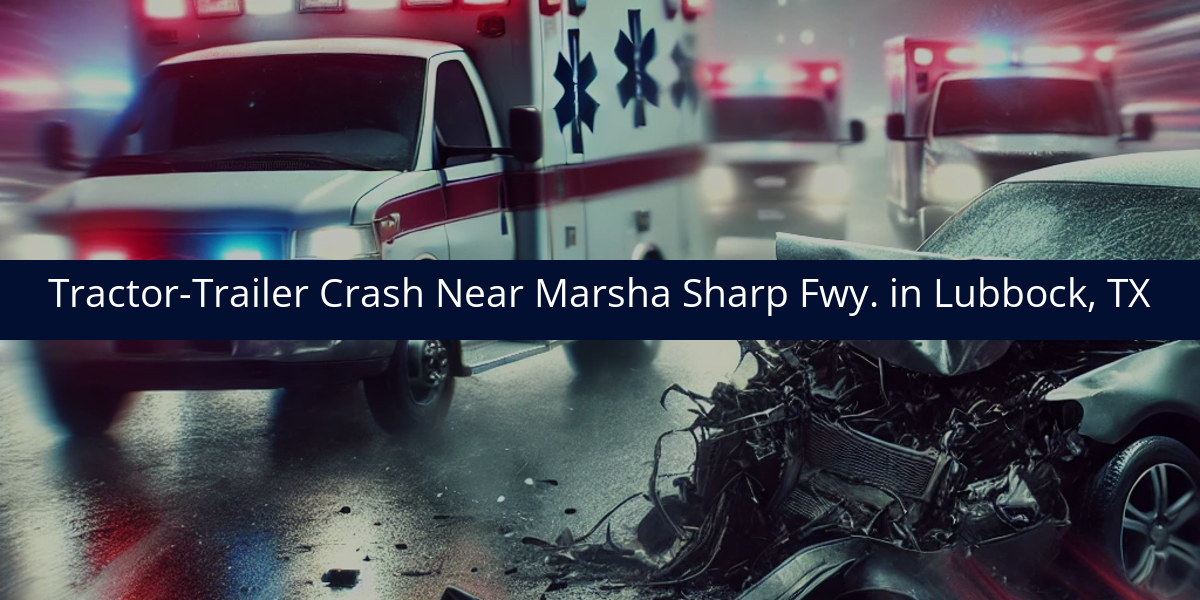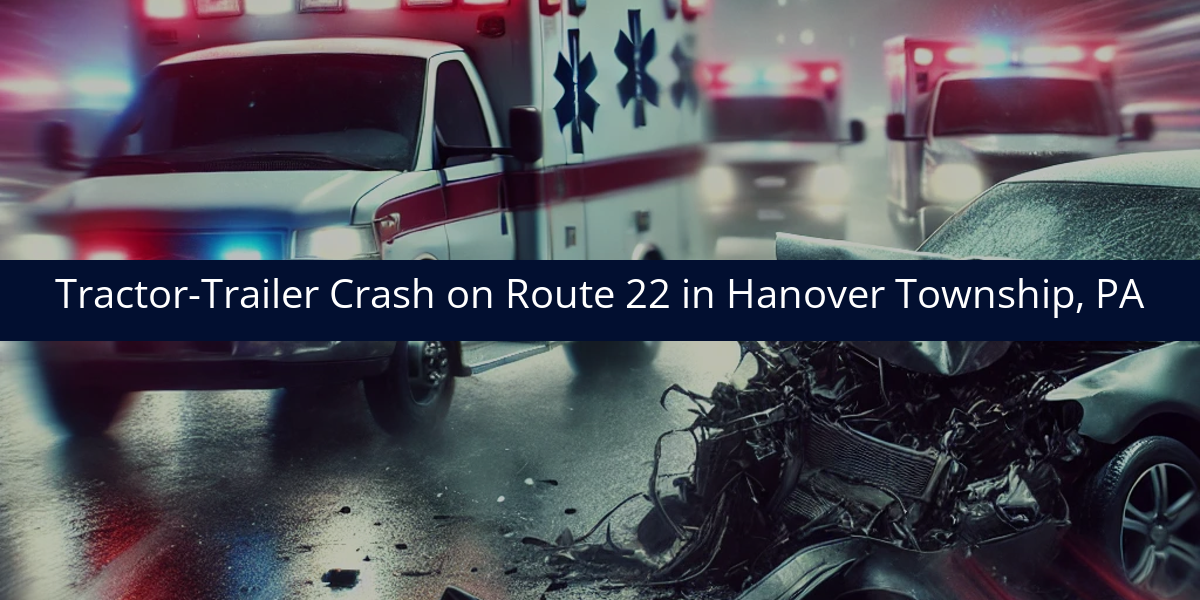A fatal crash involving a semi-truck and a passenger vehicle occurred Thursday in New Folden Township, Minnesota, leaving one person dead.
According to the Minnesota State Patrol, the collision took place at the intersection of Highway 59 and 340th Street Northwest. Authorities reported that a Ford Escape, driven by a 79-year-old woman from Karlstad, was traveling south on Highway 59 when, under unknown circumstances, it collided head-on with a northbound Western Star semi-truck. The driver of the Escape was killed in the crash, while the semi-truck driver was not injured. The cause of the crash remains under investigation.
Whenever I hear about a fatal head-on collision involving a semi-truck, I think about how important it is to understand the timing and positioning of both drivers involved. In my experience, these cases often require a detailed investigation into whether the commercial vehicle was being operated safely for the conditions on the roadway and whether every reasonable effort was made to avoid the collision.
Could Distraction or Fatigue Have Affected the Truck Driver’s Ability to React?
In head-on collisions involving commercial trucks, one of the critical questions investigators should ask is whether the truck driver was fully alert and attentive. While passenger vehicle actions are often scrutinized in these situations, it’s equally important to consider whether the truck driver was positioned to respond safely or whether distraction or fatigue made them drift from their lane. Driver logs, electronic logging device (ELD) data, and any in-cab video footage should be reviewed to assess the truck driver’s level of attentiveness and rest status leading up to the collision.
What Evidence Needs to Be Collected?
To fully understand the events leading to this fatal collision, investigators should examine the truck’s Engine Control Module (ECM), which can provide valuable data on speed, braking, and throttle input at the time of the crash. Physical evidence from the scene—including vehicle resting positions, skid marks, and debris patterns—will be essential to reconstructing the sequence of events. Additionally, dash cam footage from the semi-truck or surveillance from nearby infrastructure could further show how the collision unfolded and whether evasive action was attempted.
Why Getting the Full Picture Requires Investigation
From my experience, fatal crashes involving semi-trucks are rarely as simple as they first appear. Whether the truck driver was operating responsibly and whether there was an opportunity to prevent the collision are questions that demand careful examination. A thorough investigation is the only way to provide clear answers and to ensure that accountability is established where it’s necessary.











